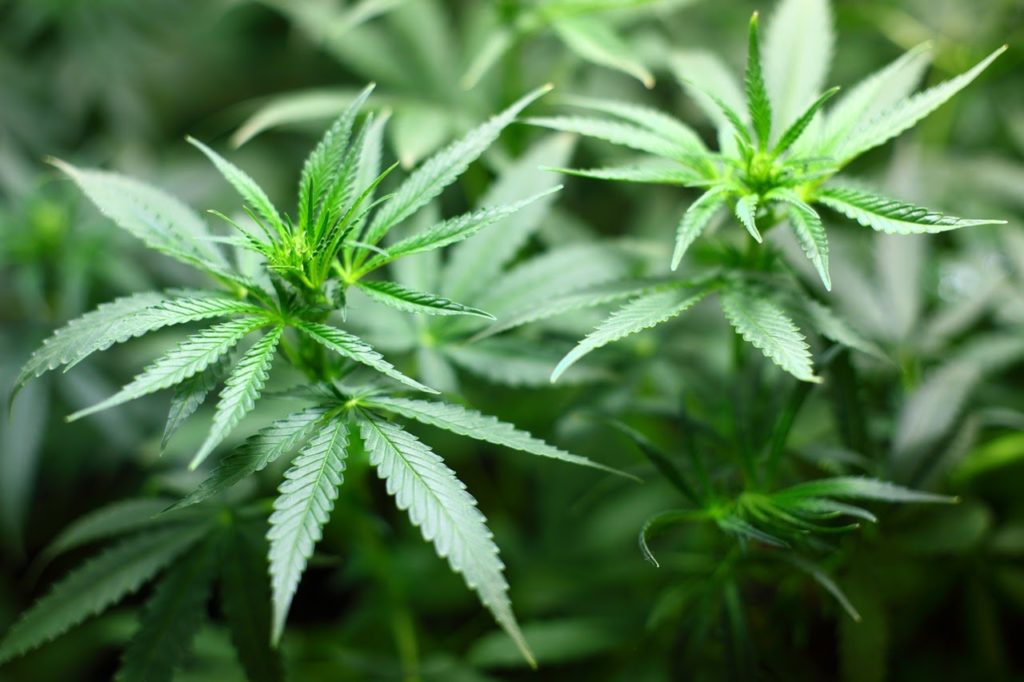Cannabis users also need to be aware of the risks associated with use

*Names have been changed for privacy reasons
Jill*, a fourth-year creative industries student at Ryerson, finds herself smoking marijuana anywhere between one to eight times a day. She generally smokes small bowls or joints, and typically stays elevated during the day to make activities like cleaning, reading, researching, listening to audio lectures, working out and doing homework more enjoyable.
“I find I’m focused and have been doing great academically this year,” she says, noting that before the pandemic, smoking was strictly reserved for right before bed. “That has since changed,” she said.
According to a study led by the Centre for Addiction and Mental Health, 52 per cent of cannabis users reported having increased their use of marijuana after the pandemic hit. The study also cites that this may be a result of social isolation, boredom, changes in daily routines, or anxiety due to the pandemic.
“When I’m not working, I pretty much smoke from the first couple hours I’m awake,” Michela, a fourth-year psychology student, says. Her anxiety sometimes overwhelms her and she finds that sometimes she becomes too anxious to start an assignment.
“I find that when I smoke, it calms me enough to not be overwhelmed and tackle whatever is on my to-do list,” Michela says, also mentioning that cannabis helps her stay focused on homework, such as class readings.
Cannabis was legalized for recreational use in Canada in October 2018. This law felt taboo at the time to many Canadians, especially those who wondered what effect the law would have on young people, and marijuana’s correlation to addiction and memory loss.
Cannabis is made up of 120 different compounds that have unique effects on the body. Most prominently, tetrahydrocannabinol (THC) and cannabinol (CBD) each give a different type of high to the user, depending on the percentage within a certain strain.
When testing different THC levels in chronic cannabis users, one study in the Journal of Addiction Medicine found that performance on a task that required sustained attention was found to significantly improve after a high dose of THC.
Tanya, a first-year journalism student, says that if she is especially dreading a particular assignment, she finds that smoking before starting it makes the experience more “fun.”
“There are caveats though,” she says. “Sometimes I know if I get high I’ll just procrastinate more…productivity takes a degree of maturity to know what you can and can’t do while high, and stick to those boundaries.”
A study in the Drug and Alcohol Dependence journal found that students who use marijuana frequently, especially at the beginning of their college careers, are especially at risk for lower academic achievement than non-users, and all marijuana user groups surveyed reported lower GPAs than non-users.
Evidence that frequent use of marijuana and the effects on academic achievement for students have been thoroughly examined, however there have been little to no studies exploring the idea of how marijuana can positively affect concentration among students, besides anecdotally.
Frequent marijuana use, especially strains with high THC levels, is tied to a decline in IQ and lower overall life satisfaction according to a 2012 study. Another study found that persistent use of the drug is linked to reduced grey matter in the brain.
“Study drugs” are not uncommon, especially for post-secondary students. Unprescribed use of Adderall, Ritalin, Concerta and microdoses of LSD are often consumed by students to increase focus while working. According to the Canadian Public Health Association, studies suggest that more than one in 20 North American university students have used study drugs.
While other drugs used for focus are more dangerous and require prescriptions or drug-dealers, marijuana is easily accessible for students over the age of 19, especially with more dispensaries blooming across the GTA than ever before.
Alternatively, Tanya also finds herself smoking before bed as a part of her self-care routine, which includes the meticulous process of rolling a joint and a hot bath, accompanied by reading a book and writing in her journal. “The process of grinding, rolling, burning and the rhythm of the inhale and exhale can be a kind of meditation for me.”
Tanya adds that she appreciates the connection marijuana brings between people, and two people can create a strong bond while sharing a joint together and conversing.
When Sam found himself completing his business degree at Ryerson in the middle of the pandemic, smoking cannabis was a way for him to be social with friends during isolation, as well as a way to relax at night after a long day of school.
“Since the pandemic started, it’s been one of the only pastimes (I have), especially in the winter,” Sam says. He usually smokes at night, grabs some food and plays Fifa online with a friend, or watches a YouTube video.
“I can’t see myself smoking in five years,” he says, “because I look at it as an outlet from school.”
